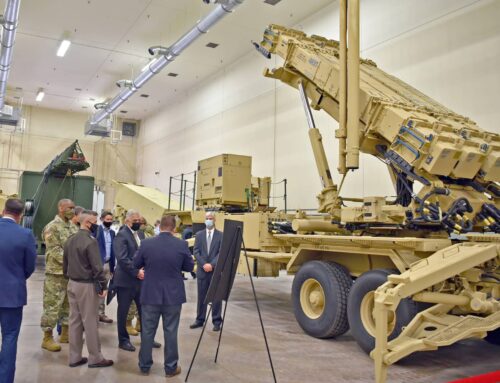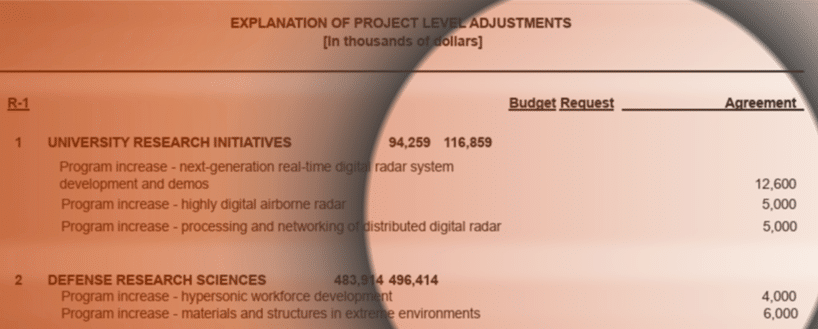Given the Congress’ utter abdication of its Constitutionally-mandated power to decide how federal dollars will be spent, we are now less than a month from the beginning of Fiscal Year 2016 with no spending bills signed into law. And although Congress shows a fair amount of contempt for many of the departments of the federal government, in the last decade or so it has shown great deference to Pentagon budget requests. This deference has grown to the point that this year’s $534 billion request, with an additional $51 billion Overseas Contingency Operations “cherry” on top, was not considered generous enough. So the House and Senate Budget Resolutions were amended to raise Pentagon spending to dizzying heights.
But, the calendar reads September and given the short Congressional “working” calendar between now and the beginning of the next fiscal year, all serious budget discussions are now centered on the need to pass a Continuing Resolution (CR) to keep the government in business.
A CR is thus defined: ”A continuing resolution refers to a type of appropriations legislation enacted by Congress to allow government operations to continue until the regular appropriations are enacted. It is used by Congress to fund government agencies if a formal appropriations bill has not been signed into law by the end of the Congressional fiscal year. It takes the form of a joint resolution, providing funding for existing federal programs at current or reduced levels.” (Emphasis added.)
And in a textbook from the Contract & Fiscal Law Department of the DoD Judge Advocate General’s School is this definition: “Continuing Resolutions provide interim funding for projects or activities for which funding or authority was available in the previous year’s appropriation.” (Emphasis added.)
In other words, CRs are supposed to be short term, stop gap measures that keep the government bumping along at roughly last year’s level of spending, until the “real” appropriations bills for each federal department are signed. It is established law and practice that there are always exceptions to the restrictions on starting new programs or drastically increasing or decreasing the amount of funding for programs, known as “anomalies.” The Office of Management and Budget sends Congress a list of programs that, for one reason or another, are either new programs that didn’t exist in the previous fiscal year (often emergencies) or that need a different level of funding. And the CR typically makes exceptions for those anomalies.
Not surprisingly, the Pentagon – frustrated like everyone else with Congress’ inability to pass spending bills – wants to take this practice to a whole new level. In its list of anomalies for DoD programs, is this whopper: “In the event of an FY 2016 CR, the Department requires authority for new starts and production increases. The following language is proposed to allow the Department to move forward without delay on all new starts and rate production increases approved by the appropriation committees to date.” (Emphasis added.)
Well, we should probably be grateful the Pentagon is only “requiring” this unprecedented authority for programs that have been approved by the appropriations committees. That’s something. (Not really.)
The Pentagon acknowledges the Congress may not be willing to let them run completely amok with the checkbook. If Congress denies the “preferred alternative” of total new start authority, its anomalies list offers up a more limited alternative – eight pages of tables listing specific programs for new starts or production increases of existing programs. (There is no table for production decreases of existing programs. Seems there’s nothing the Pentagon needs less of next year.) And, in case anyone in Congress has second thoughts, the tables helpfully include a column labeled “Impact if Not Approved.” Scary verbiage such as, “delayed capability for the warfighter” is listed in this part of the table. No doubt the contractors that produce these systems will be using that language in their talking points as they descend upon the Capitol to lobby for this new interpretation of a Continuing Resolution.
It’s worth pointing out that the other federal departments don’t seem to “require” this same redefinition, only the Pentagon.
Hopefully, the Congress won’t fall for this latest funding gimmick. Let’s stick with the textbook definition of a Continuing Resolution. And let’s actually pass all 12 appropriations bills needed to keep the government functioning.












Get Social